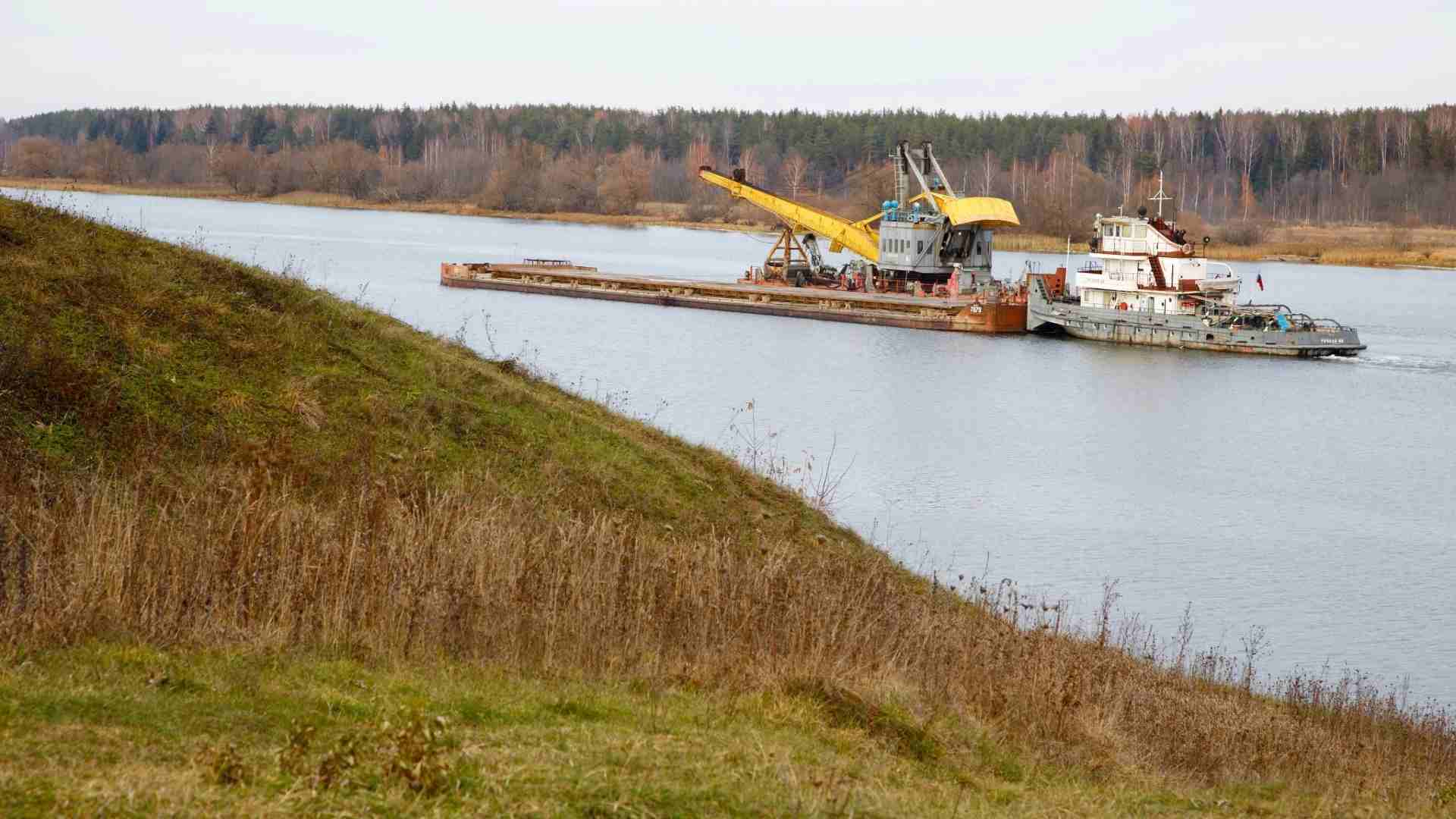Introduction
The development of Poland’s first Floating Storage Regasification Unit (FSRU) terminal is officially underway, with dredging operations commencing in the Gulf of Gdańsk. Overseen by GAZ-SYSTEM, this initiative marks a significant milestone in Poland’s efforts to diversify its energy supply and strengthen its infrastructure for liquefied natural gas (LNG) imports.
As the first step in preparing the construction site for a large-scale jetty and associated offshore facilities, this port dredging project will reshape the seabed across a 656,000-square-meter area. The operation not only ensures navigational safety for incoming LNG carriers but also lays the groundwork for one of the most transformative energy infrastructure projects in Central and Eastern Europe.
Why Dredging Is Essential for FSRU Development
In any coastal construction project—particularly those involving large vessels—dredging plays a foundational role. FSRU terminals require a certain minimum depth to allow the safe entry, mooring, and operation of LNG carriers, many of which have deep drafts. Without adequate depth, these vessels cannot approach the terminal, making dredging an indispensable part of the planning and construction process.
In the Gulf of Gdańsk, the seabed must be deepened significantly to accommodate the permanent mooring of the FSRU vessel and the berthing of LNG carriers. This is achieved through a multi-stage port dredging plan that not only ensures the operational safety of marine traffic but also prepares the site for future construction stages like jetty piling and breakwater installation.
Phased Approach to Seabed Preparation
The seabed preparation in Gdańsk has been carefully divided into four distinct dredging phases to align with construction schedules and environmental regulations:
- Phase One involves increasing seabed depth precisely where the FSRU jetty will be built. This includes clearing a footprint large enough for foundational piles and support structures.
- Phase Two extends dredging into the immediate surrounding area, ensuring unobstructed access between the jetty and the open sea.
- Phase Three targets the southern section of the construction zone, focusing on areas that may become access points or support infrastructure for the terminal.
- Phase Four concludes with dredging in the eastern perimeter, adjacent to the breakwater to be constructed by the Maritime Office in Gdynia.
The initial work was preceded by a detailed seabed clearance operation that removed metallic objects and other debris. This ensured that the dredging could proceed safely and efficiently, avoiding damage to machinery or unintended ecological disruption.
Balancing Infrastructure and Environmental Sensitivity
GAZ-SYSTEM’s port dredging strategy also accounts for local environmental conditions. The Gulf of Gdańsk is home to sensitive marine habitats, and specific times of year are especially critical for species such as spawning fish. These windows—known as environmentally sensitive periods—require that dredging activities either pause or be carried out under strict oversight.
To comply with these regulations, the project’s timeline has been carefully designed to allow work during favorable seasons while minimizing ecological disturbance. This balance between development and environmental responsibility is a model for how large-scale infrastructure can be built sustainably in coastal zones.
Responsible Reuse of Dredged Material
Another important aspect of this project is the handling of dredged sediment. Instead of simply disposing of all the material, a portion will be reused to nourish local beaches, particularly in the Górki Zachodnie area near entrance no. 21. This beach nourishment contributes to coastal resilience by reinforcing eroded shorelines and providing additional protection against storm surges.
The remaining spoil will be transported to a dedicated disposal site designated by the Maritime Office in Gdynia, ensuring that all material is handled according to national and EU environmental regulations. This sustainable dredging approach reduces environmental impact and adds long-term value to the coastal ecosystem.
Advancing Poland’s Energy Security
The FSRU terminal in the Gulf of Gdańsk is more than just a port development project—it’s a key component of Poland’s long-term energy strategy. Once operational, the facility will significantly expand the country’s ability to receive and regasify LNG, complementing the existing Świnoujście LNG terminal on the Baltic coast.
GAZ-SYSTEM’s President, Slawomir Hinc, emphasized that this project is a crucial step in enhancing energy import capabilities and improving national resilience. “Increasing the seabed depth in the area of the future terminal is not only a prerequisite for the safe maneuvering and mooring of heavy vessels with large draught, but also a foundation for the efficient operation of all of the infrastructure,” he said.
The FSRU program also includes nearly 250 kilometers of new onshore pipeline, integrating the new terminal into Poland’s broader gas transmission network. This interconnected system will allow LNG imports to reach domestic consumers and international partners more efficiently.
Looking Ahead
With dredging now underway, the next stages of the FSRU terminal project will include jetty construction, pile driving, and installation of offshore and onshore gas pipeline infrastructure. Construction activities will continue into 2026, with commissioning of the terminal expected around the turn of 2027–2028.
Simultaneously, construction of the FSRU vessel is progressing at the Hyundai Heavy Industries shipyard in South Korea. Once completed, the vessel will be permanently stationed in the Gulf of Gdańsk near the Baltic Hub, enabling year-round LNG regasification and delivery to Poland’s energy grid.
Conclusion
The dredging operations in the Gulf of Gdańsk signal the beginning of one of Poland’s most important energy infrastructure projects. Through careful seabed preparation, environmental management, and strategic reuse of dredged material, GAZ-SYSTEM is setting a new standard for how port dredging can support both national energy goals and ecological stewardship.
As Poland strengthens its position as a key energy player in the region, projects like this demonstrate how dredging remains a foundational tool in building secure, modern, and sustainable infrastructure.
